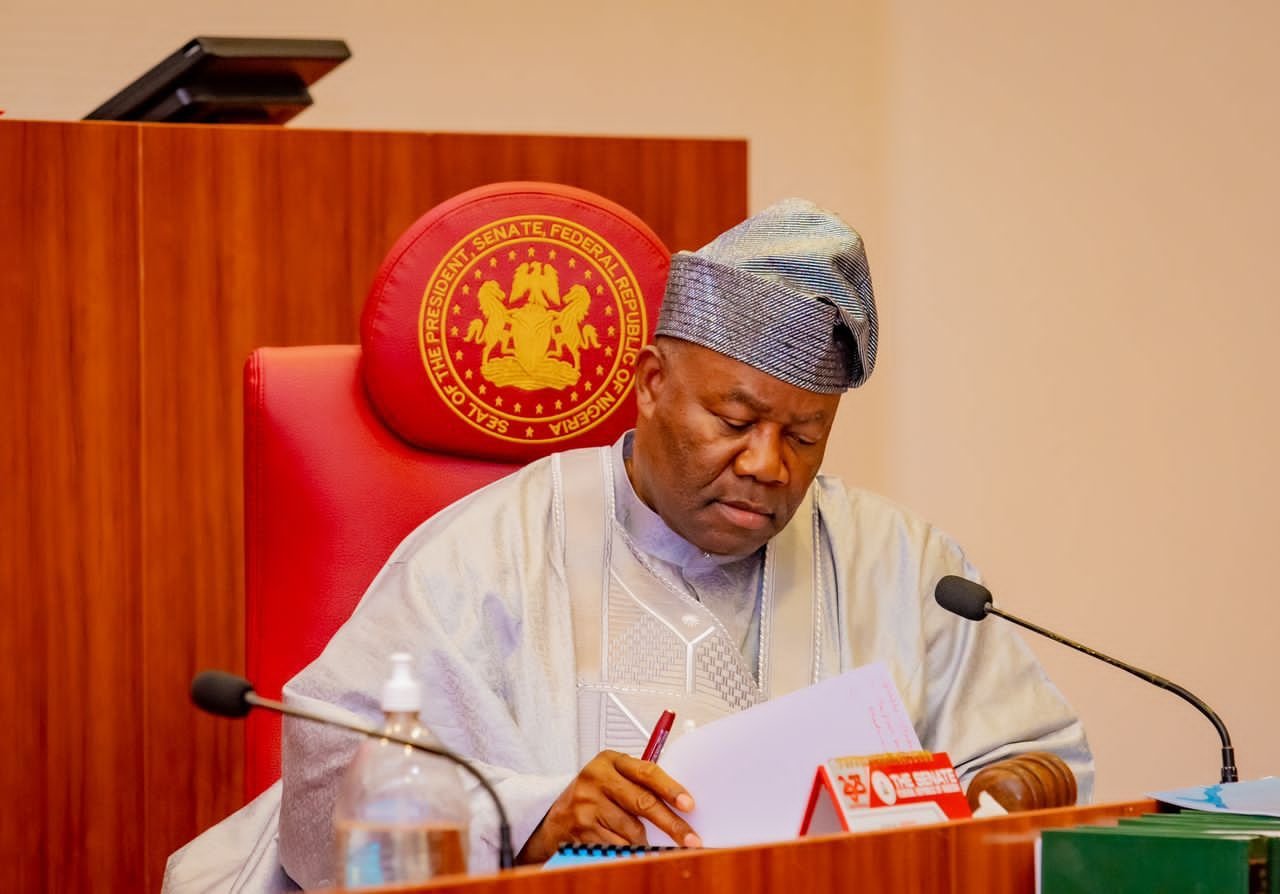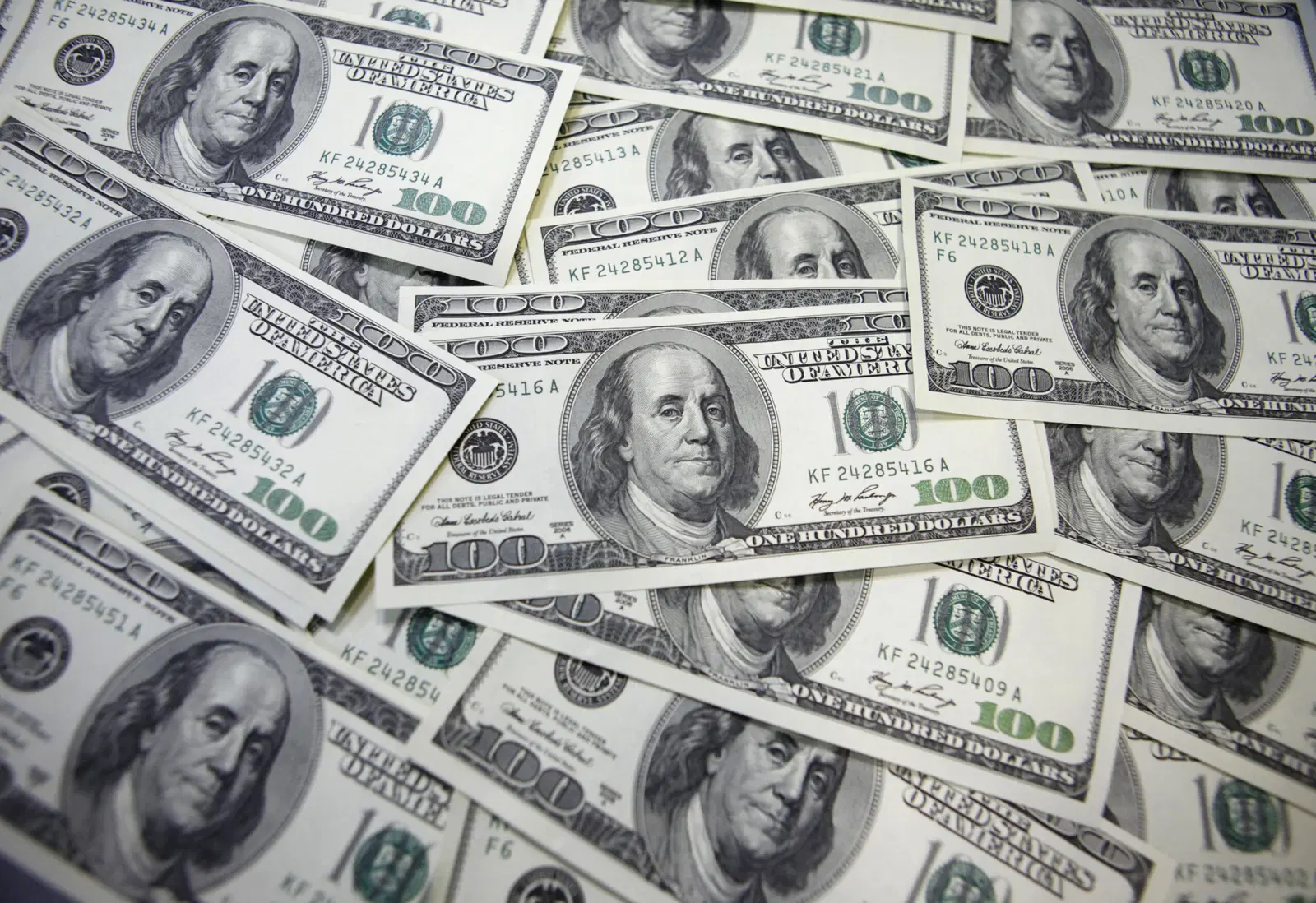Oil Market: Prices rise to $57.49 per barrel over OPEC, non-OPEC output slash
This means that the nation’s 2021 budget, which was benchmarked on $40 per barrel and 1.8 million barrels per day, mb/d oil output, including Condensate, would be boosted.
Commenting on the effectiveness of the Declaration of Cooperation (DoC), initiated by OPEC and non-OPEC members, HE Mohammad Sanusi Barkindo, OPEC Secretary-General, stated: “Over the subsequent three years, from 2017-2019, the diligent, and coordinated response through voluntary production adjustment decisions taken by the DoC helped rebalance the market, restore stability and revive the industry.
“When the year turned from 2019 to 2020, there was a great deal of optimism for the oil market in the coming 12 months. Not only for the oil market; the global economy too. By March, however, the COVID-19 pandemic had pervaded almost every aspect of our daily lives, with widespread lockdowns, economies in major distress, and many businesses shuttered in. In terms of the oil and gas industry, every producer was impacted. No-one was immune.
“The DoC had to again stand up and be counted. The action was needed, and activities we did with the largest and longest production adjustments in the history of the OPEC, the DoC, and the oil industry agreed on 12 April 2020 to help counter the massive oil demand decline that at times was above 20 mb/d in April. The phased reductions in the adjustment levels over a two-year period demonstrated the full commitment of all participants to a common goal.
“I am sure each and every one of us can recall the dire situation the industry was in, which was most dramatically illustrated on 20 April 2020 when the price of WTI went negative. It was a visceral day, and one often described as ‘Black Monday’. It was a time when the industry faced a potential crude oversupply of nearly 1.3 billion barrels. There were even deep concerns that some storage hubs could actually reach tank tops.
“Thankfully, this never came to pass, in part due to the decisive actions of the DoC. Since then the DoC has shown great courage and flexibility and has adapted as and when necessary to changing market dynamics, particularly with the post-summer advent of second and third waves of COVID-19. We have never been complacent. It has been one-step-at-a-time, guided by the data and analysis, and robustly supported by the strong multilateral process we have in place.
“Another pivotal outcome of the April 2020 meetings has been the broader encouragement and support that DoC participants have received. This came from the very highest levels of government, from the G20 and from the very largest global oil producers, including Norway, the US, and Canada, as well as consumers.”


 Subscribe to our Newsletter
Subscribe to our Newsletter




